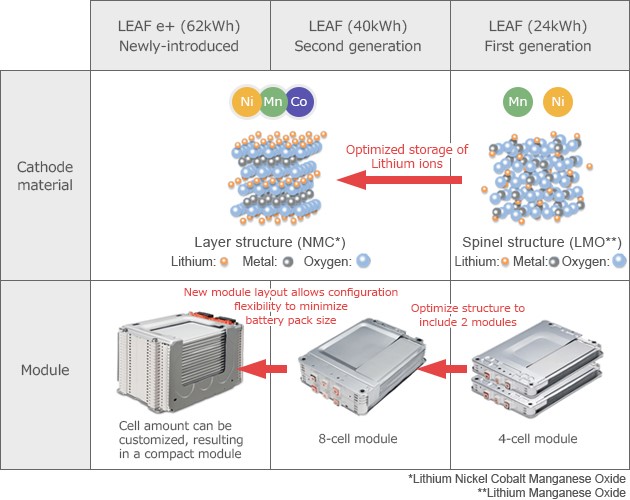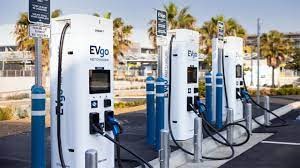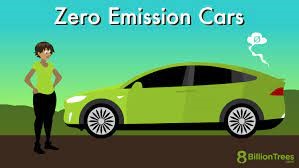Introduction:
Electric Vehicles are the future. As the worldwide community is becoming very aware of the environmental challenges and the sustainable futures. An effort to transition from fossil fuels to sustainable energy sources is rising. The major concern towards a sustainable future is the conveyance systems running on fossil fuels. Electric vehicles (EVs), when seen as innovative ideas, are presently at the very front of this change, ready to reclassify portability for a practical world.
Historical Overview of the Electric Vehicles:
The Origin (1820s-1920s): The concept of electric mobility was initially started during the early 19th century, i.e. by the end of the 1800s, in the country like Europe and the U.S., electric carriages and trolleys were relatively very common, and popular for the mobility.

Decline and Rebirth (1930s-1990s): As the internal combustion engines became governing and dominating the vehicle market, Electric Vehicles faded into anonymity. Yet, the oil crises during the 1970s brought transformed interest in substitutes.
21st Century Revival: With innovative technological advances in batteries and a greater focus on environmental issues, automotive manufacturers like Tesla brought Electric Vehicles back into mainstream discussions.
Technological Advancements for Electric Vehicles:
- Battery Technology: The high energy density, long lifespan, and decreasing cost of lithium-ion batteries enable EV manufacturers to rework and do more research for the growth of the electric vehicle market. Even the research for solid-state batteries is in a very advanced stage and this promises even greater efficiency.

Charging Infrastructure: The technological advancement and developments, the establishment of fast charging networks like Tesla’s Supercharger, and many public charging stations have relieved “range anxiety.”


Integration with Renewable Energy: The electric vehicles can be linked with renewable energy sources like solar or wind power, which strengthens the sustainability impact.

Environmental Impact:
Reduced Emissions: There is no tailpipe in electrical vehicles as there is no combustion of fuel in the system. Hence, the EVs emit zero tailpipe pollutants, and no air pollution and CO2 emission.


Recycling and Waste: With the increase in the adoption and use of electric vehicles, the recycling and the waste management of batteries are becoming critical.


Current Challenges:
- Initial Cost: Despite various tax rebates and price cuts, electrical vehicles are still a costlier affair as compared to traditional gasoline vehicles. However, this is often counterbalanced by lower operating costs.
- Energy Sources: The energy sources to charge the batteries of electrical vehicles are either from the coal-burned power plant or from other non-renewable sources. Here the environmental benefits decrease, as these sources create pollutants.
- Range Anxiety: This is the major concern of the range; an electrical vehicle goes on a single charge. Many consumers are definitely thinking before going for an electrical vehicle, about how far it will go in a single charge of the battery.
- Production Footprint: The manufacturing of batteries for electrical vehicles left a remarkable footprint on the environment.
Future Potential:
- Autonomous Driving: There is a belief that the electrical vehicle is tangled with self-driving technology.
- Integration with Smart Grids: The electric Grids are becoming smarter and more connected, the electrical vehicles can be used to store or even feedback energy during peak times.
- New Markets: With the improved technologies and the better infrastructure, Electric Vehicles have more potential to penetrate the automobile market.
- Policy and incentives: In the US, Europe, India, and almost everywhere the governments are giving Tax rebates and other discounts to promote the adoption of electrical vehicles and targeting to phase out internal combustion engine-operated vehicles.
Conclusions:
Electric vehicles can provide a very promising and reliable path to a sustainable future. With the technological growth and drop in purchase prices with the help of government rebates, the common consumers of the sensible society are attracted to EVs. In the global effort towards a sustainable future and pollution-free environment, electrical vehicles will be the major player in the worldwide effort. Whereas Challenges continue, the collective push from industry, policymakers, and consumers suggests a right and electrified road ahead.

